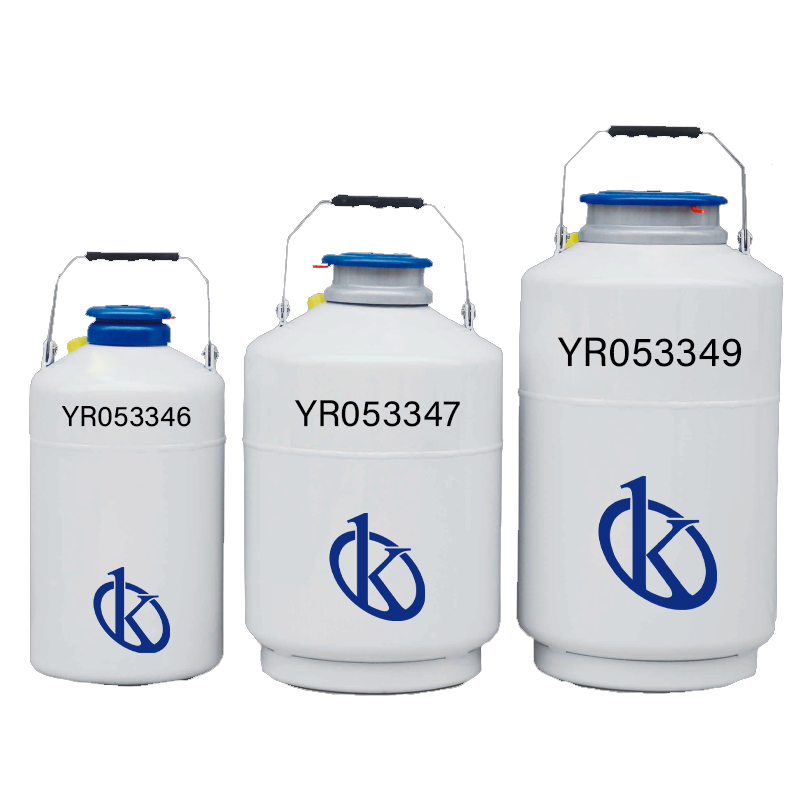Liquid nitrogen, or LN2, is used in dermatological treatments in therapies known as cryotherapy. The term originates from the Greek word “kryo” meaning “cold”, so cryotherapy refers to a cold medical treatment, and belongs to the so-called thermotherapies, which have been used by people since ancient times. Dermatologists have applied this type of therapy since before 1900.
Cryotherapy is a relatively easy procedure to learn and apply, and is characterized by an extremely low complication rate. The results are generally very good cosmetic and functional. However, as with all other invasive therapeutic methods, the prerequisite for good results is a good knowledge of their functioning and methodical management, as well as an accurate indication.
What are the applications of LN2 in medicine?
One of the applications that has the use of cold in medicine, are called cryosurgery. The first of these was performed in 1961 by Dr. I. Cooper using a closed system to manipulate LN2, to perform a neurological intervention. Then it was shown that the same equipment could be used for skin surgeries, with a greater temperature-skin control. Cryosurgery has been applied by dermatologists for more than 50 years and provides an effective, painless and with few side effects on the skin where it is applied.
What uses are LN2 therapies in dermatology?
Cryotherapy with LN2 application is the controlled use of cold to kill cells for therapeutic purposes. Today, this method can be considered established alongside other methods of operative dermatology such as classical scalpel surgery, dermabrasion, high-frequency electrosurgery, radiation and, finally, laser therapy, and has proven to be a valuable complement to dermotherapy. From the investigation of the physical and biological effects of cold on tissues, several methods of application and control of cryotherapy have been developed, which are used depending on the skin lesions to be treated. The latter are essentially divided into four main groups of indications:
- Treatment of malignant and semi-malignant skin tumors
- Treatment of benign and precancerous superficial (intraepithelial) skin changes
- Treatment of inflammatory and infectious skin diseases
- Treatment of scars and keloids.
What skin conditions can be treated with LN2?
The uses of LN2 are determined by the properties of this element; it is abundant in the atmosphere, inert, has a low boiling point, and additionally, is cheaper than other gases that are used for the same purposes, such as argon. Thus, many offices can have liquid nitrogen in special tanks to store for use.
In this sense, the application of LN2 on the affected area of the skin can be done in several ways. One of the simplest methods used for the application of cold, consisted of immersing small cylindrical disks of copper in liquid nitrogen and then placing them on the skin; however, it is a method where you do not have precise control of the temperature. Other techniques, which use special equipment to apply cold with nitrogen, include cryospray (spraying nitrogen as an aerosol) and cryoderm. Cryotherapies using LN2 can treat conditions such as:
- Warts Vulgaris Flat Warts Plantar Warts
- Moluscum Contagiosum
- Nevus Aracneus, Verrucous Nevus and Strawberry Angiomas (small size)
- Chondrodermatitis Nodularis Helix
- Dermatofibromas
- Larva Migrans
- Eyelid Xanthoma
- Hypertrophic Acne scars and some active Acne lesions
- Keloids
- Keratoacanthoma
- Actinic Keratoses Seborrheic Keratoses
- Cellular Basal (Superficial) Epithelioma
Why should the dermatological sector have Kalstein nitrogen tanks?
The equipment manufacturer Kalstein has within its catalog of products, instruments of the highest quality directed to the field of medicine. And, thinking of dermatologists, it makes available nitrogen tanks as a support for the storage and transport of LN2, a fundamental element for cryotherapy applied by these professionals. The available models of nitrogen tanks can be consulted at the following link https://www.kalstein.es/categoria-producto/linea-de-laboratorio/tanques-de-nitrogeno/, and has among other technical characteristics:
- Made of a highly resistant material such as aluminum and steel
- Small, medium and large capacity tanks are available
- Very low evaporative losses
- Tank design makes it easier to handle nitrogen
On the manufacturer’s home page HERE, you can also find other instruments, in addition to that you can consult prices, purchase or request additional information in case of doubts.

